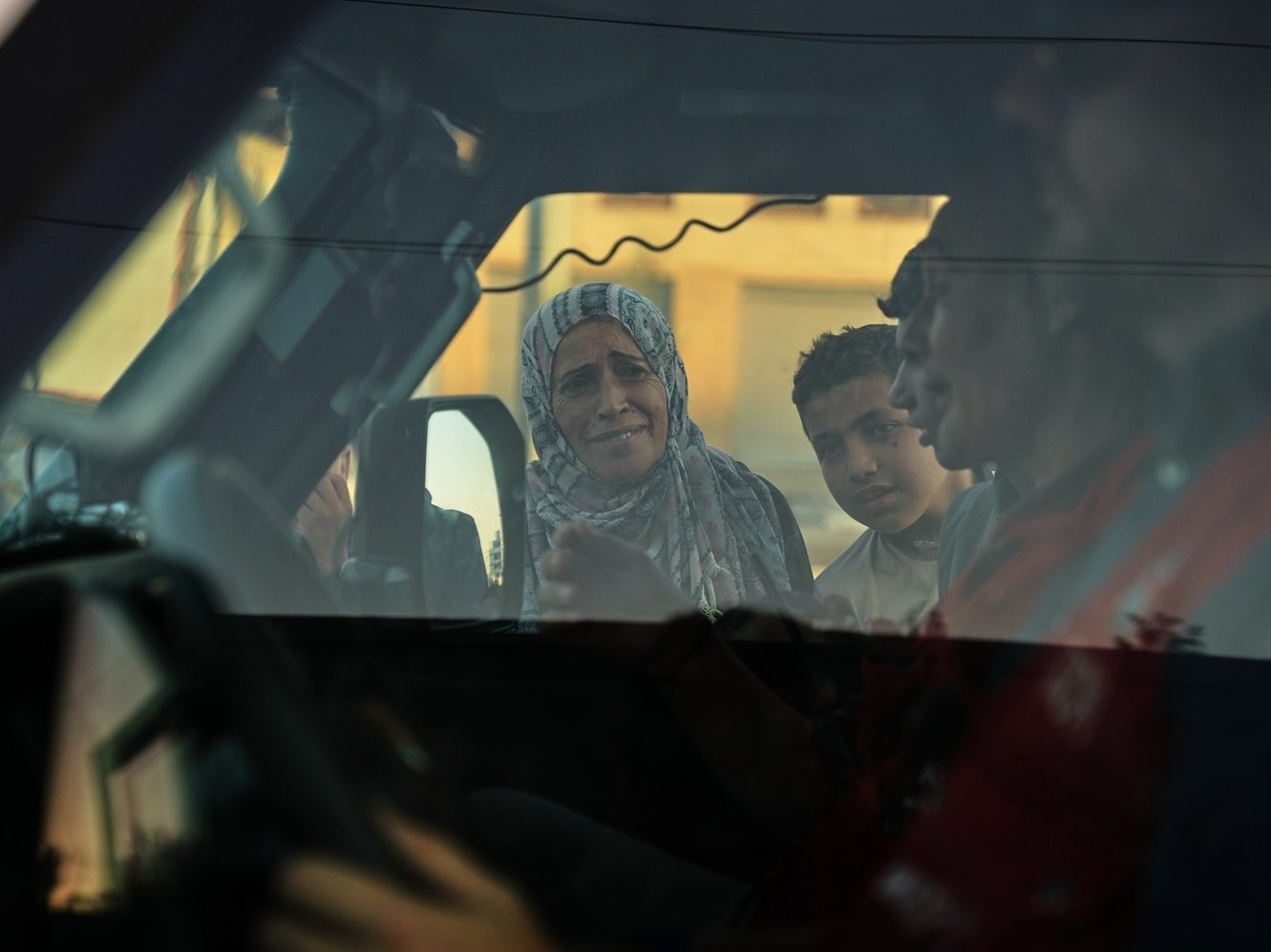A somber exchange unfolded today as Palestinian militants released the remains of two more Israelis, Sahar Baruch and Amiram Cooper, bringing a fragile ceasefire into sharper focus amidst ongoing tensions. The handover, facilitated by the Red Cross in Gaza, represents a painful step forward in a deal meant to secure the release of hostages taken during the horrific October 7th attack.
The identification of Baruch and Cooper, confirmed by Prime Minister Netanyahu’s office, closes a chapter for their families, though the grief remains raw. Sahar Baruch, a young man on the cusp of an electrical engineering career, was snatched from Kibbutz Be’eri, his brother tragically killed in the same assault. He was later declared dead during a rescue attempt. Amiram Cooper, an 84-year-old economist and founding member of Kibbutz Nir Oz, was captured alongside his wife, Nurit, who was thankfully released after 17 days.
This exchange is part of a larger, agonizing process. Hamas has now returned the remains of 17 hostages, with eleven more still held in Gaza, slated for release under the terms of the agreement. In return, Israel has repatriated the bodies of 195 Palestinians, their identities largely unknown, a grim consequence of the conflict and the challenges faced by health officials in Gaza lacking essential resources like DNA testing kits.

Despite the progress on hostage returns, the ceasefire remains precarious. Overnight strikes in southern Gaza injured at least 40 people, a stark reminder of the volatile situation. Israeli forces maintain control over the area, claiming strikes targeted “terrorist infrastructure” posing a threat to their troops.
The recent escalation followed a period of intense fighting after Israel reported the death of a soldier in Rafah and accused Hamas of violating the hostage handover agreement. Hamas vehemently denies involvement in the soldier’s death and counters that Israel is the one breaching the ceasefire terms. The exchange of accusations underscores the deep distrust fueling the conflict.
Prime Minister Netanyahu issued a stern warning, stating that continued violations by Hamas would be met with “powerful strikes.” He reiterated his long-term goal of disarming Hamas and demilitarizing Gaza, suggesting a willingness to act unilaterally if necessary. The international community watches with growing concern as the possibility of renewed, large-scale conflict looms.
Guarantors of the ceasefire – Egypt and Qatar – have reportedly informed Hamas that Israel will resume military operations in specific areas of Gaza once a deadline for militants to withdraw expired. A senior U.S. official confirmed that Hamas fighters were given 24 hours to leave the designated “yellow zone” or face Israeli strikes, a deadline that has now passed.
The current ceasefire, initiated on October 10th, represents an attempt to halt a war that has become the deadliest and most destructive in the history of the Israeli-Palestinian conflict. Triggered by the devastating Hamas attack on October 7th, 2023 – which claimed the lives of approximately 1,200 Israelis and led to the abduction of 251 hostages – the ensuing Israeli military offensive has resulted in over 68,600 Palestinian deaths in Gaza, according to the Gaza Health Ministry.
The figures released by the Gaza Health Ministry, while generally considered reliable by independent experts, do not differentiate between civilians and combatants. Israel disputes these numbers, but has not provided alternative figures, as the conflict continues to exact a horrific toll on both sides.





